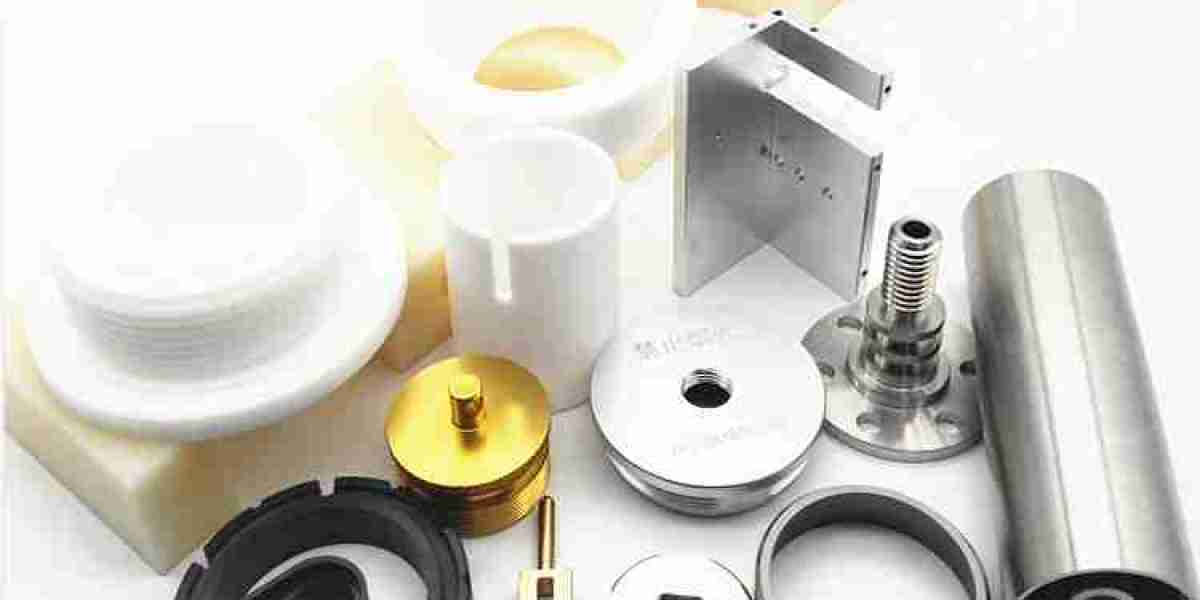The soft magnetic material market demand is experiencing a significant surge, driven in large part by transformer and inductor modernization programs across key global regions. As industries and governments upgrade aging power infrastructure and adapt to the high-efficiency needs of modern electronics, the utilization of advanced soft magnetic materials is growing rapidly. These materials, known for their ability to magnetize and demagnetize with minimal energy loss, play a crucial role in the performance and efficiency of inductive components like transformers and inductors.
This demand is further accelerated by the parallel expansion of electric vehicles (EVs), renewable energy systems, and smart grid technologies, all of which rely heavily on soft magnetic components to function effectively and sustainably.
Growing Demand for Efficient Transformers and Inductors
Transformers and inductors are the backbone of power conversion, distribution, and regulation in both utility-scale and consumer-facing applications. Traditionally made with grain-oriented and non-oriented silicon steel, these devices are undergoing significant changes as the energy ecosystem evolves. Rising energy consumption, combined with an increasing focus on reducing carbon emissions, has prompted governments and industries to prioritize modernization programs that involve upgrading transformers and inductors for higher efficiency and lower energy loss.
Soft magnetic materials such as amorphous alloys, ferrites, and nanocrystalline metals offer superior magnetic properties, including lower core losses, high permeability, and better temperature stability. These materials are becoming the standard in new and retrofitted inductive components, significantly boosting their demand in the global market.
Utility and Grid Infrastructure Modernization
One of the key drivers of demand comes from national grid upgrades and power distribution reforms. In many developed and emerging economies, grid operators are replacing old, energy-inefficient transformers with modern equivalents built using soft magnetic materials.
For example, amorphous core transformers have become a preferred choice for utilities because they can reduce core losses by up to 70% compared to traditional silicon steel cores. This leads to lower electricity wastage, reduced operational costs, and higher grid reliability—benefits that are pushing utilities to increase investment in such upgrades.
Governments in regions such as North America, Europe, and Asia-Pacific are implementing strict energy-efficiency standards for electrical equipment. These regulations are fueling the replacement of legacy transformers and inductors with new designs based on advanced magnetic materials, creating a robust and sustained market demand.
Expanding Applications in Consumer and Industrial Electronics
Beyond grid-level transformations, the demand for soft magnetic materials is being propelled by their widespread use in industrial automation, data centers, consumer electronics, and renewable energy inverters. Inductors used in high-frequency switching power supplies, especially in telecommunications and IT infrastructure, require materials with minimal energy loss and high saturation magnetic flux density.
Modern magnetic materials enable the miniaturization of inductive components without sacrificing performance, making them ideal for compact and portable electronic devices. This is particularly crucial in a world where space-saving designs and thermal management are becoming non-negotiable product requirements.
Soft Magnetic Materials for Next-Gen Inductor Design
Startups and manufacturers alike are focusing on developing new classes of soft magnetic materials to meet the changing needs of modern inductor designs. Nanocrystalline materials, in particular, offer ultra-low coercivity and excellent magnetic performance across a wide frequency range, making them ideal for high-efficiency inductor cores used in electric vehicles and high-end industrial equipment.
In EV applications, inductors play a central role in DC-DC converters and onboard chargers. As the number of EVs grows and the need for high-efficiency power electronics increases, automakers and Tier 1 suppliers are adopting soft magnetic materials with optimized compositions to enhance electrical performance while minimizing weight and size.
Supply Chain Implications and Production Scaling
With demand escalating across multiple sectors, manufacturers of soft magnetic materials are ramping up their production capacities. Strategic collaborations, R&D investments, and geographic expansions are being pursued to ensure timely supply and localized material availability.
Companies specializing in amorphous and nanocrystalline materials are also exploring sustainable sourcing strategies and circular economy principles to align with the environmental expectations of end-users, especially in energy and transportation sectors.
However, as the market grows, so do the challenges of maintaining material quality, cost-effectiveness, and consistency across a broader range of applications. This makes research and innovation a critical element of competitiveness in the soft magnetic material ecosystem.
Regional Demand Hotspots
Asia-Pacific remains the largest consumer of soft magnetic materials, driven by large-scale infrastructure development, industrial expansion, and the dominance of electronics manufacturing in China, Japan, South Korea, and India.
North America and Europe are seeing strong demand due to grid upgrades, renewable energy integration, and advancements in electric mobility.
Middle East and Africa, although smaller markets, are gradually increasing their use of high-efficiency magnetic materials in power and industrial sectors.
Future Outlook
The soft magnetic material market demand is expected to remain on a strong growth trajectory, as the global focus on electrification, digitalization, and sustainability continues to drive transformer and inductor innovation. By 2030, these modernization programs could lead to widespread adoption of next-gen magnetic materials, replacing legacy components with more energy-efficient and compact solutions.
Companies that invest early in advanced materials, innovative manufacturing methods, and cross-sector partnerships are well-positioned to capture a significant share of this expanding market.
Conclusion
The surge in soft magnetic material market demand, particularly due to the modernization of transformers and inductors, underscores a larger transformation across the global energy and electronics landscape. As industries pursue efficiency, compactness, and sustainability, soft magnetic materials are becoming increasingly central to powering next-generation systems—making them not just a component, but a catalyst for technological progress.




